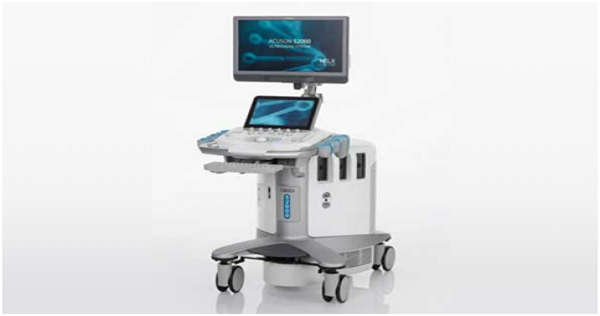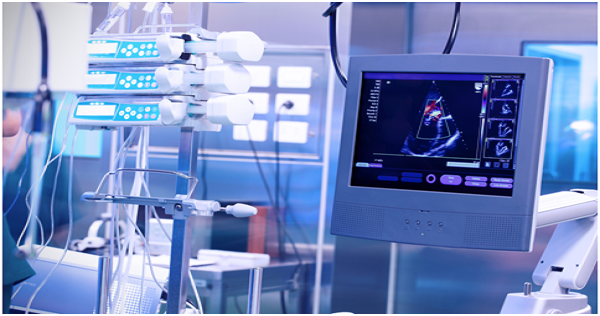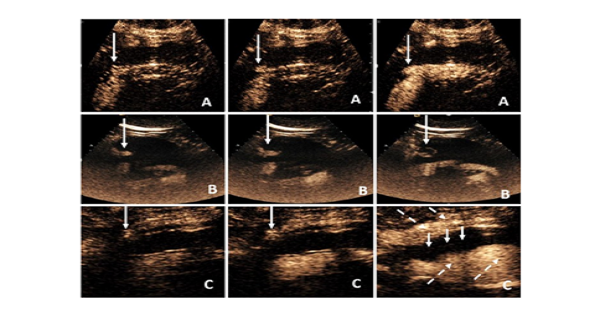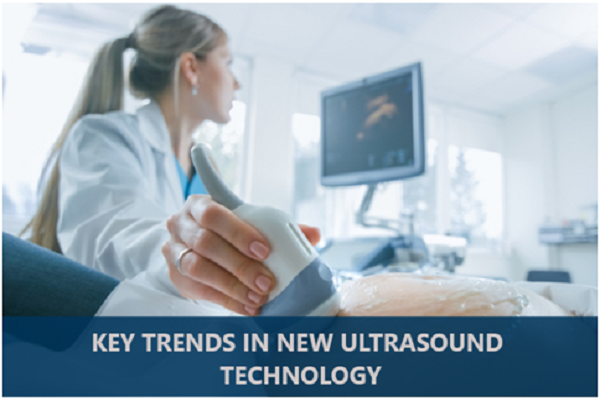Ultrasound technology has gotten better over time. This means that it can now diagnose and treat illnesses more accurately. As a result, ultrasound technology has also made a lot of people's lives better.
This all has been possible because of the latest technological trends, which have vastly improved ultrasound technology overall. However, these trends keep on changing, so it is essential for professionals related to the medical field to stay updated with these trends.
This article will cover some key trends in ultrasound technology and also their impact. So, let us get started!
1: Portable Ultrasound Machines Are Quite Common Now
This is true, and even physicians appreciate the availability of such portable ultrasound machines. The portability aspect of these machines makes them unique.
There are many different types of portable ultrasound machines on the market today. Some are designed for specific purposes, such as hospitals, clinics, and doctor's offices. Other portable ultrasound machines can be used in a variety of settings.
Portable ultrasound machines have many benefits over traditional stationary ultrasound machines. They are much more compact and can be easily transported from one location to another. Furthermore, they typically require less maintenance than traditional stationary ultrasound machines.
2: AI and Ultrasound Technology
Ultrasound machines such as ultrasound machine by USC Ultrasound are essential in modern medicine because they help us see inside the human body without having to make a large incision. However, ultrasound technology has been limited by its ability to produce clear images. This is where artificial intelligence comes in and helps to improve the quality of the images.
Artificial intelligence can help improve the quality of ultrasound images by providing more accurate and detailed information about the tissue being examined. In addition, AI can help speed up the process of image analysis and interpretation. This can lead to quicker diagnosis and treatment for patients.
AI-assisted ultrasound is already being used in some hospitals and clinics around the world. And as AI technology continues to develop, we can expect even more advances in this field in the future.
3: Handheld Ultrasound Scanners
The development of handheld ultrasound scanners has been a game-changer for the medical industry. This technology has made it possible for doctors to provide better care for their patients by allowing them to see inside the body in real-time. This has led to more accurate diagnoses and improved treatment options.
Handheld ultrasound machines help doctors do procedures and find out about conditions without having to use expensive and invasive machines, such as CT scans or MRI machines. This means more patients can get the care they need quickly, without having to wait for a specialist appointment.
4: The Use Of Automation In Ultrasound Technology
Ultrasound technology is constantly developing and improving. One area that has seen significant progress in recent years is the use of automation. Automation may assist with the accuracy and efficiency of ultrasonic scanning and reduce the time it takes to scan.
There are a number of different ways in which automation can be used in ultrasound technology. For example, automated image analysis can be used to quickly identify potential areas of interest within an ultrasound scan. This can help to reduce the amount of time required for the manual review of scans. In addition, automated labeling and measurements can be used to provide more accurate and consistent results.
The use of automation in ultrasound technology is an area that is continuing to evolve. As new and improved methods are developed, the potential for automation to improve the efficiency and accuracy of ultrasound scanning will continue to grow.
5: The Use of CEUS
CEUS is a new and innovative technology that has the potential to change the way doctors diagnose and treat diseases. This new technology allows doctors to see things more clearly inside the body. CEUS is especially useful in cancer diagnosis and treatment.
The technology is still being developed, but it has great potential to improve patient care. CEUS is just one example of how ultrasound technology is evolving and becoming more sophisticated. As our understanding of the human body grows, so does our ability to use ultrasound to diagnose and treat disease.
The use of CEUS in ultrasound technology is a new trend that has the potential to change the way doctors diagnose and treat diseases.
6: Shearwave Elastography And Its Use
This type of ultrasound is similar to traditional ultrasound, but it uses different sound waves. Shear wave Elastography ultrasound uses sound waves that travel at different speeds.
The speed of the sound waves can be used to create images that show how stiff or soft the tissue is.
Shear wave Elastography ultrasound can be used to examine many different parts of your body, including your heart, blood vessels, and organs. In addition, the images produced by this type of ultrasound can help doctors diagnose various conditions and diseases.
Shear wave Elastography ultrasound is a painless and non-invasive procedure. In addition, the images produced by this type of ultrasound are often very clear and provide valuable information for doctors.
Final Thoughts
So, there are many trends in ultrasound technology that have changed and helped many doctors and specialists examine their patients. No doubt, the use of artificial intelligence seems promising.
But modern and compact ultrasound machines are also playing their role in enhancing treatment for various practices, so, as a whole, ultrasound technology seems to be improving at a fast pace.







No comments:
Post a Comment